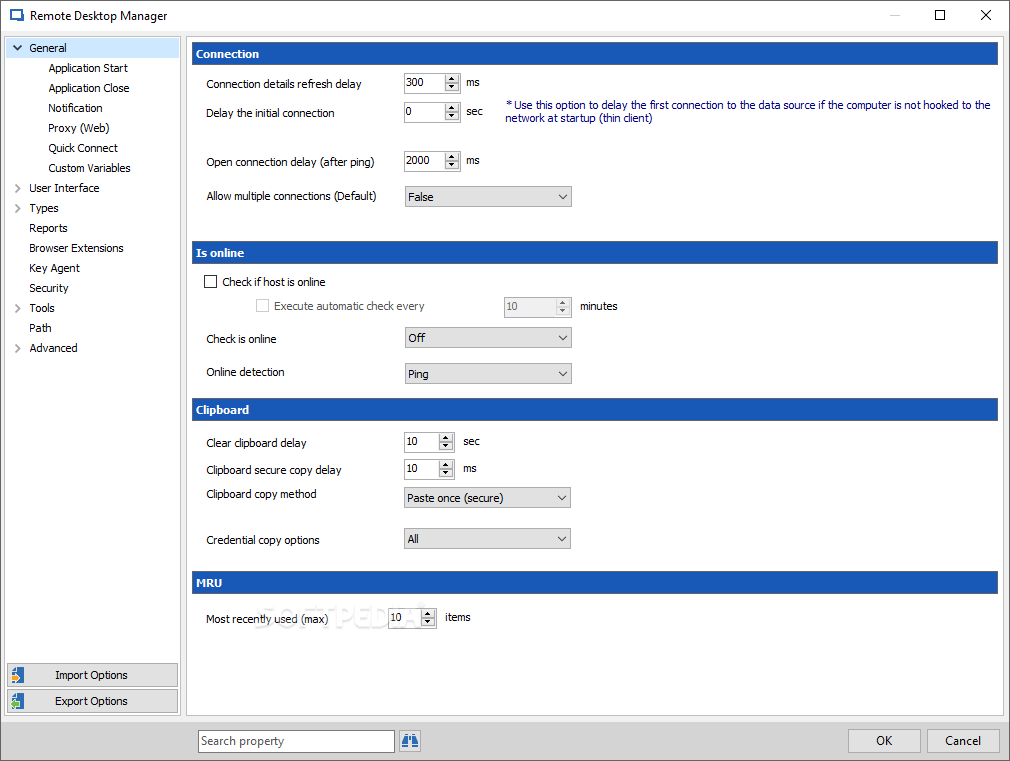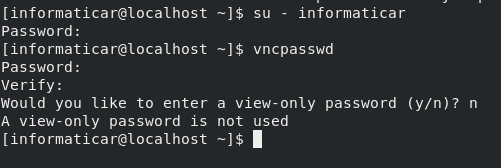

- #Remoter vnc backup config how to#
- #Remoter vnc backup config install#
- #Remoter vnc backup config update#
- #Remoter vnc backup config password#
- #Remoter vnc backup config download#
New 'debian9.localdomain:1 (linuxize)' desktop at :1 on machine debian9.localdomain usr/bin/xauth: file /home/linuxize/.Xauthority does not exist
#Remoter vnc backup config password#
Would you like to enter a view-only password (y/n)? n You will require a password to access your desktops. If you choose to set up a view-only password, the user will not be able to interact with the VNC instance with the mouse and the keyboard. You will be prompted to enter and confirm the password and whether to set it as a view-only password. When running the following command: vncserver Once the VNC server is installed, run the vncserver command to create the initial configuration and set up the password.
#Remoter vnc backup config install#
To install TigerVNC on your Debian server issue the following command: sudo apt install tigervnc-standalone-server tigervnc-common We’ll be using TigerVNC, which is an actively maintained high-performance VNC server. Each VNC server has its strengths and weaknesses in terms of speed and security. There are also several different VNC servers available in Debian repositories such as TightVNC
#Remoter vnc backup config update#
Update the packages index and install Xfce on your Debian server with the following commands: sudo apt install xfce4 xfce4-goodies xorg dbus-x11 x11-xserver-utilsĭepending on your system, downloading and installing the Xfce packages may take some time. It is fast, stable, and lightweight, which makes it ideal for usage on a remote server. We’ll use XfceĪs our desktop environment of choice. There are several desktop environments (DE) available in Debian repositories. Our first step is to install a lightweight desktop environment. Prerequisites #īefore continuing with the tutorial, make sure you are logged in as a user with sudo privilegesĬhances are that your Debian server will not have a desktop environment installed. Virtual Network Computing (VNC) is a graphical desktop sharing system that allows you to use your keyboard and mouse to remotely control another computer.
#Remoter vnc backup config how to#
We will also show you how to create an SSH tunnel and securely connect to the VNC server. You should now see the Ubuntu desktop from the host system in the VNC Viewer window.This tutorial describes how to install and configure a VNC server on Debian 9. If successful, you’ll see a warning message pop up saying this is an Unencrypted connection.Double-click the connection icon to connect.It should appear in the main window as a new connection icon, with the memorable name you chose. Authenticate using a smart card or certificate store if possible: Leave unchecked.Authenticate using single sign-on (SSO) if possible: Leave unchecked.Encryption: Should be set to Let VNC Server choose.The Security field is below, and there are a couple of important points:.Labels: Optional, if you want to use labels for managing multiple connections.Name: This is a local name for the connection - choose a name that’s memorable.VNC Server: Use the IP address (or server name, if you have one) for the Ubuntu host.This will open a dialog box for you to configure the connection to the Ubuntu system.Launch VNC Viewer, and select File > New Connection.
#Remoter vnc backup config download#

Avoid using this step over the internet, or an insecure network. Note: This step sacrifices security for compatibility. You can make encryption optional on the host Linux system by entering the following into a terminal: gsettings set require-encryption false

Some VNC clients don’t work well with Windows and encryption. You can use any VNC client application you wish. This guide will use RealVNC, for its simple interface.

Windows doesn’t come with one pre-installed. Windows needs a VNC client application to connect. How to Connect to Ubuntu Desktop From Windows It will list the IP address from which you are connecting. A notice will pop up on the host system, notifying that another user is controlling the desktop. With everything set, it takes over the system. You should be back in the Remmina window now, with your new connection listed. Click the Save button to save this connection as a favorite.Quality: It is good to start with Medium as you can adjust it later.Colour Depth: This is a trade-off between speed and quality, choose the best fit for your network.Password: Type the password you set in Desktop Sharing on the host system.User Name: This does not correspond to any user accounts, so enter any name you want.Server: Use the IP address of the host system or a server name if you have one.Below this, there are three tabs, open to the Basic tab.Protocol: Use the drop-down to select VNC – Virtual Network Computing.Group: Optional, for grouping several connections.Name: Enter a name that is meaningful, such as Email Server or Office Laptop, to serve as the name of the connection.


 0 kommentar(er)
0 kommentar(er)
